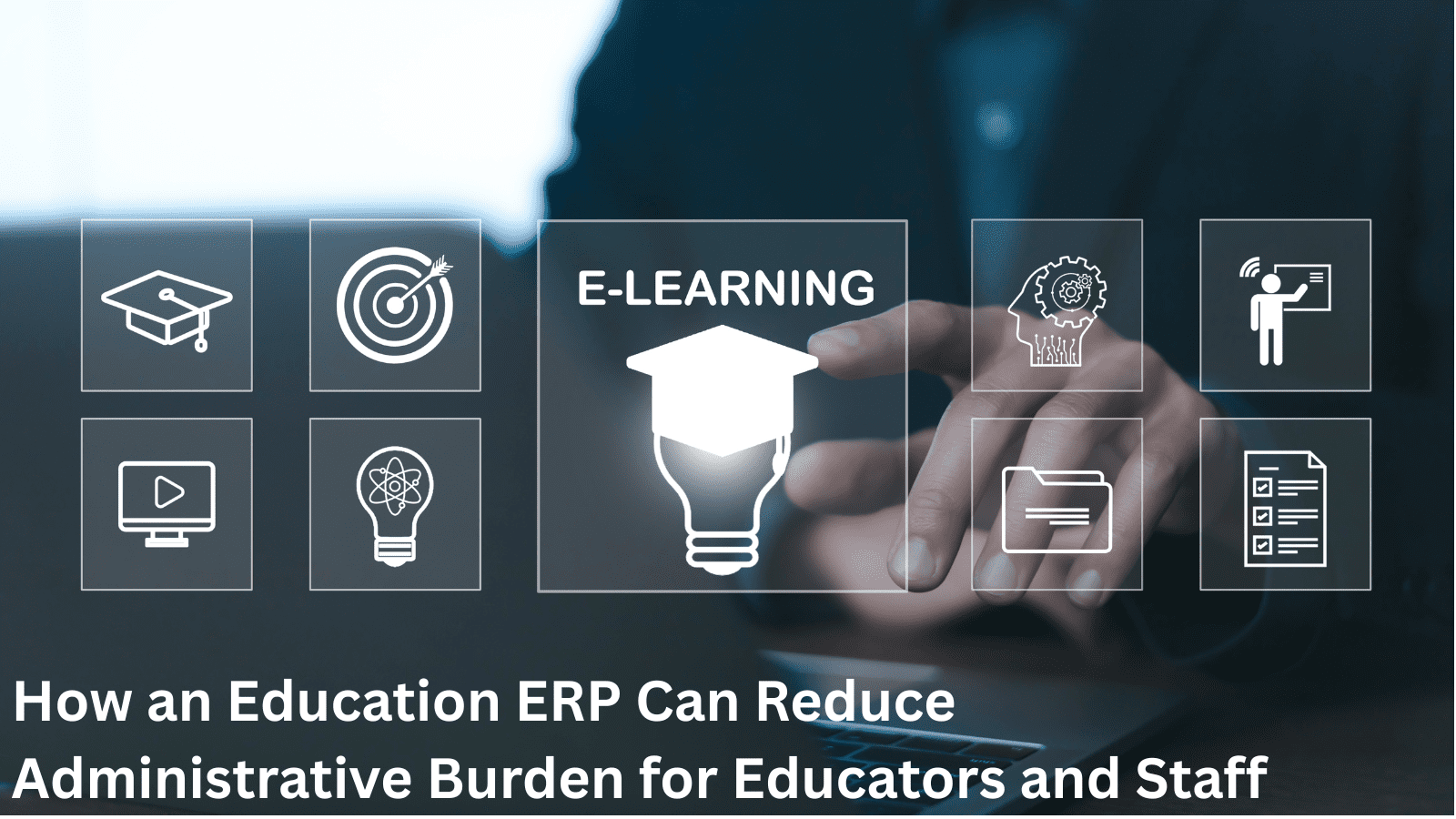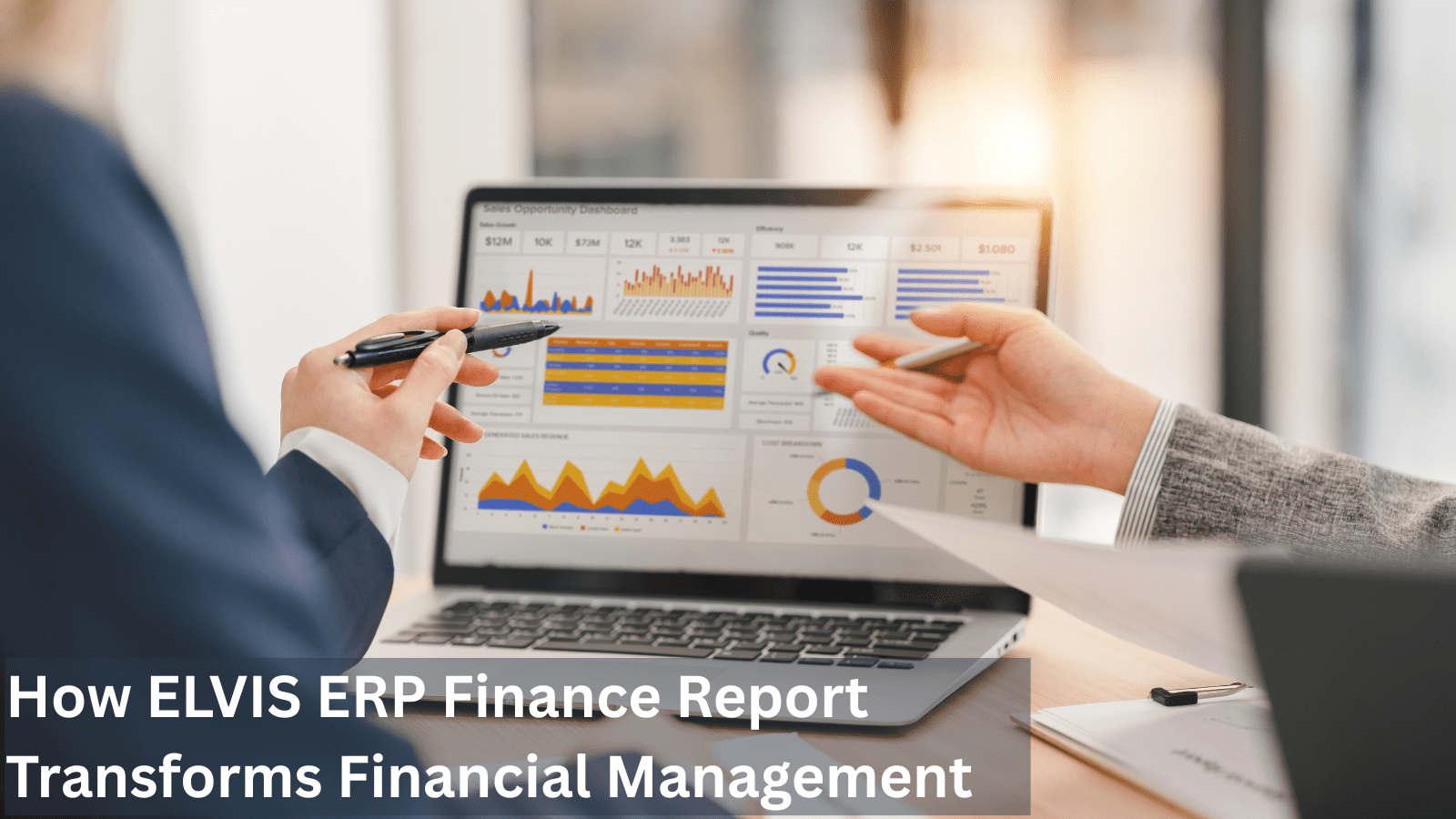Introduction
Enterprise Resource Planning (ERP) system is a business transformation tool that brings all your departments and data together under one platform. But even the most robust ERP can lead to obstacles if you’re not prepared for the challenges that come with implementation and ongoing use.
In this blog post, let’s delve deeper into some common ERP problems you could face, and explore strategies to navigate them successfully
Common ERP Problems
Implementation Issues
ERP implementation is a complex project with many moving parts. Rushing into it without a well-defined plan is a recipe for disaster. Here’s how to avoid the pitfalls:
- Scope Creep: ERP systems offer a vast array of features. It’s tempting to try to do everything at once. Instead, prioritize functionalities that address your most critical business needs. You can always add on later.
- Stakeholder Neglect: Failing to involve key decision-makers and department heads from the get-go can lead to resistance and a system that doesn’t meet everyone’s needs. Create a steering committee with representatives from all affected departments to ensure a smooth rollout.
- Training Troubles: ERP systems come with a learning curve. Inadequate staff training can lead to frustration and a drop in productivity. Invest in comprehensive training programs that cater to different learning styles and experience levels.
Data Woes
Data is the lifeblood of any ERP system. Inaccurate or incomplete data can lead to a domino effect of errors in reporting, inventory management, and customer service. Here’s how to ensure data quality:
- Data Cleansing: Before migrating data to your new ERP, invest in data cleansing to identify and rectify inconsistencies, duplicates, and missing information.
- Data Governance: Establish clear data ownership, access controls, and quality standards to ensure ongoing data accuracy. Regular data audits can help catch and address issues before they snowball.
Integration Challenges
The dream is a seamless flow of information between your existing systems and the new ERP. However, incompatible software, siloed data structures, and unforeseen technical obstacles can make integration a nightmare. Here’s how to approach it strategically:
- IT Infrastructure Assessment: Before diving into ERP selection, conduct a thorough assessment of your current IT infrastructure. Identify potential compatibility issues and areas that might require additional resources for integration.
- Vendor Selection: Choose an ERP vendor with a proven track record of successful integrations. Look for solutions that offer pre-built connectors or robust APIs to ease the integration process.
- Testing and Refinement: Allocate ample time for thorough testing of all integrations before full system deployment. Be prepared to iterate and refine as needed.
Change Management Stumbles
Transitioning to a new ERP system requires a shift in mindset and daily workflows for your employees. Without proper change management, resistance and a drop in productivity can occur. Here’s how to win over your team:
- Communication is Key: Keep your employees informed throughout the entire implementation process. Explain the benefits of the new system, address their concerns openly, and solicit feedback.
- Embrace Training: Develop a comprehensive training program that goes beyond basic functionality. Offer hands-on sessions, user guides, and ongoing support resources to empower your team to use the ERP effectively.
- Change Champions: Identify and empower “change champions” within each department who can provide peer-to-peer support and encourage the adoption of the new system.
Cost Concerns
ERP systems can be a significant investment, and the sticker price is just the beginning. Here’s how to manage costs effectively:
- Hidden Costs: Factor in the cost of customization, data migration, ongoing maintenance, and user licenses during the selection process.
- Return on Investment (ROI) Justification: Develop a clear ROI plan that quantifies the expected benefits of the ERP system, such as increased efficiency, reduced errors, and improved customer satisfaction. This will help secure buy-in from upper management.
Conclusion
By recognizing these potential problems and taking proactive steps to address them, you can ensure a smooth ERP implementation and unlock the true potential of your new system. Remember, a successful ERP journey is about collaboration, planning, and a commitment to ongoing optimization. With the right approach, your ERP can become a powerful engine driving your business towards long-term success.
Frequently Asked Questions (FAQs)
How can I avoid trying to do everything at once with my new ERP system?
Prioritize functionalities that address your most critical business needs. You can always add additional features later.
How can I ensure my staff is comfortable using the new ERP system?
Invest in comprehensive training programs that cater to different learning styles and experience levels.
How can I ensure a seamless flow of information between my existing systems and the new ERP?
Conduct a thorough IT infrastructure assessment to identify compatibility issues. Choose an ERP vendor with a proven track record of successful integrations and prioritize solutions offering pre-built connectors or robust APIs. Allocate ample time for testing and refinement before full deployment.
How can I effectively manage the costs associated with ERP implementation?
Factor in hidden costs like customization, data migration, maintenance, and user licenses during selection. Develop a clear ROI plan that quantifies the expected benefits of the ERP system to secure buy-in from upper management.








